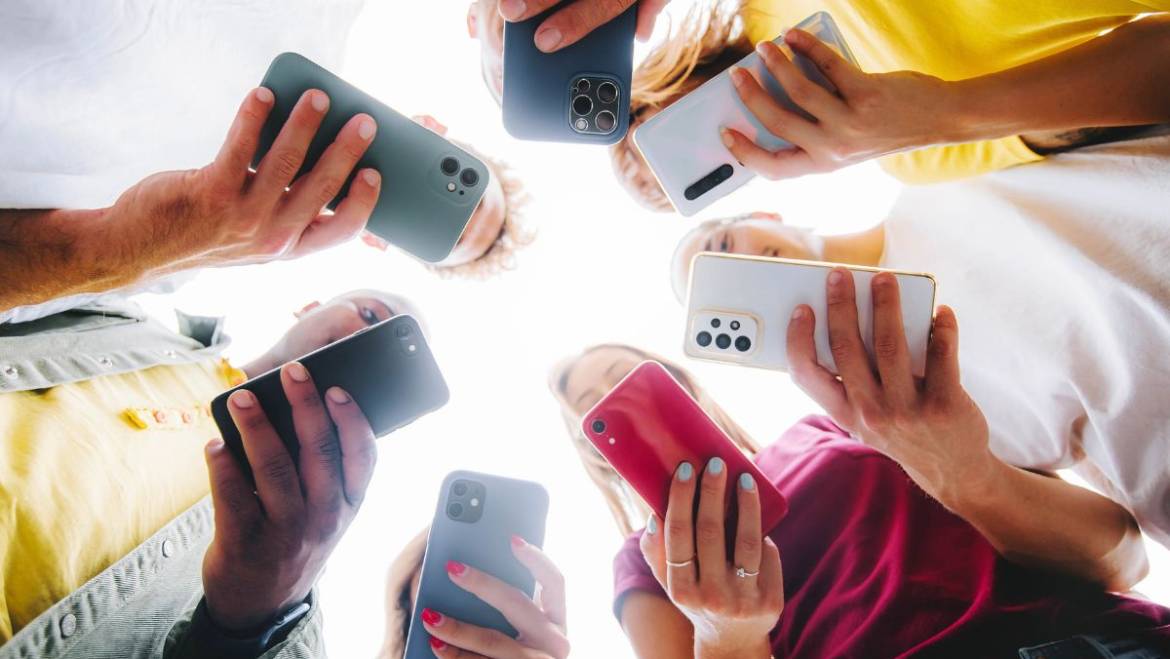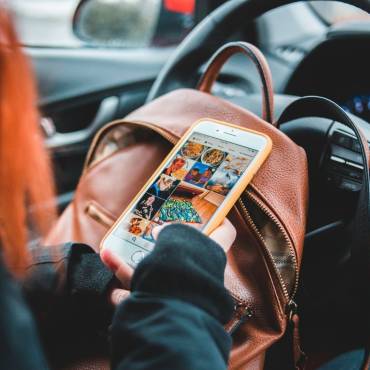Social Media and Teens: The Rise & The Downfall
It’s pretty rare these days for something to not require a phone. Getting directions. Reaching out to a friend. Checking emails or the weather. Music. News. The list goes on. It seems innocent enough but it’s important to be aware of the possible effects social media may have on someone, specifically teens.
Social media has become a massive part of our society, our lives, and how we navigate. Let’s just say social media is a big deal. And for teens, this is also their primary source for social connections and staying in the know. So, teens are constantly on their phones and on different social media platforms, which can have a heavy effect. Let’s look into it a little bit further.
With those numbers, it’s easy to see that social media use is on the rise. You can connect with friends, find local events and activities, and share pictures of your latest adventure. You can also find a sense of belonging, express yourself authentically, and, in turn, even make a living.
But with all these peaks in social media, there are also downfalls. Heavily edited pictures may contribute to self-image concerns, limited face-to-face interactions may create feelings of loneliness, or the pressure of social media can influence levels of stress and anxiety. Concerns about poor sleep quality and minimal hours of sleep also exist. Constant access and frequent use can be linked to how a teen’s brain is developing, potentially impacting their learning, behavior, ability to control impulses, and emotional regulation.
Whether a parent, teen, or advocate, there are things to consider to stay healthy and balanced. Here are a few suggestions:
- Monitor Social Media Use: Monitor your daily social media use, set screen time goals, and block or delete social media apps or accounts, if necessary. Consider following influencers or accounts committed to living a drug-free lifestyle.
- In-person Connections: Set time aside to spend quality time with friends and family face-to-face.
- Set Boundaries: Create boundaries around social media use and social activities.
- Engage in Healthy Activities: Continue to participate and prioritize hobbies, exercise, sports, or other preferred activities.
Phones and social media affect how we navigate and view our world and it’s important to be aware of both benefits and concerns. Sharing this with those we know only helps to spread the word and keeps the conversation going.
Drug Free Clubs of America is on a mission to reduce the impacts of drug use on youth. Across the nation, drug and alcohol use is on the rise among teens. We provide students with practical tools and techniques to navigate peer pressure and choose a healthy lifestyle. Partnering with schools and communities, we offer preventative programming to meet students where they are. Through randomized drug testing, educational resources, a positive outlet, and a supportive community, we are changing school cultures and reducing alcohol, marijuana, vaping, and other detrimental activities among our members and the entire school body. Drug Free Clubs of America has over as over 7,000 active student and faculty/staff members and Clubs in over 50 schools in Ohio, Kentucky, West Virginia, and California.
Source: https://www.pewresearch.org and www.yalemedicine.com




Add Comment